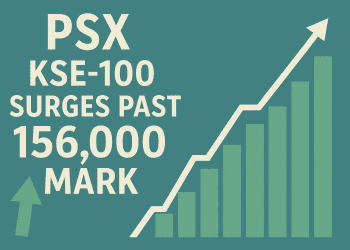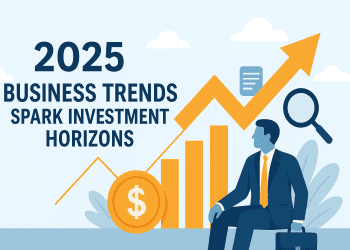
In the shadows of surging global air travel—hitting record highs in 2024—lies a veiled challenge: fleets aging to an unprecedented 14.4 years amid Boeing and Airbus delivery delays, now forecasted at just 1,600 units for 2025 per IATA revisions. Airlines, shrouded in urgency, pivot to enigmatic upgrades, investing billions in cabins and components to extend lifespans and enchant passengers. Emirates, for instance, amplifies its $5B refurbishment odyssey, encompassing 219 aircraft by 2025, with recent expansions to cities like Amman via four-class A380s starting October. This cryptic shift spotlights how value hides not in engines, but in luxurious interiors that whisper promises of comfort and efficiency, driving record profits as seen in Emirates’ premium economy debut.
Delve into the connectivity conundrum, where high-speed internet becomes the invisible thread weaving loyalty. Virgin Atlantic’s Starlink rollout by 2027 conceals incentives for Flying Club members, while United’s accelerated timeline—first commercial flight by spring 2025, full regional fleet by year-end—masks free access for MileagePlus users, fostering enigmatic repeat business. Alaska Airlines joins the intrigue with its 2026 fleet-wide adoption, promising 500Mbps speeds to unravel productivity puzzles mid-flight. These upgrades, echoing broader trends like LATAM’s A319 retrofits amid delays, obscure how tech integrations eclipse traditional airframes, propelling operational efficiencies and customer enchantments that subtly elevate valuations for aerospace suppliers.
Unmask the hidden orchestration in cabin metamorphoses: Southwest’s RECARO seats veil adjustable headrests and device holders for unspoken comfort, Delta’s Boeing 757 and A350 designs conceal modern palettes and lighting for aesthetic unity debuting late 2024-early 2025. American Airlines’ Flagship Suites with privacy doors on 777-300ERs hide premium seating surges starting spring 2025, while Air France’s A350 Business Class masks mood lighting privacies. These enigmatic enhancements, paralleling Air New Zealand’s Aug 2025 A321neo deliveries and Qantas’ $20B fleet modernization for 20-30% fuel gains, forge opportunities for MRO providers, where demand surges like unseen currents, enhancing aftermarket revenues and intrinsic company values to allure financial buyers.
Probe the profound mysteries of value creation beyond the hood: As delays persist—IATA warns of stalled fuel efficiency gains—airlines like Thai Airways halt 2025 expansions due to shortages, yet refactor existing fleets into valuation vaults. The intrigue intensifies with suppliers of interior components and technologies harvesting growth, as billions flow into retrofits that stitch profits into seats and panels. Alderman and Company’s insights reveal this trend’s compelling allure, where middle-market players uncover concealed potentials, transforming aging assets into competitive enigmas. Recent X ecosystem buzz, from Hawaiian’s premium economy additions to Finnair’s debt-laden fleet dilemmas, hints at broader consolidations, where upgrades veil strategic edges in a market ripe for revelations.
Ultimately, the aviation enigma unfolds: Fleet upgrades transcend airframes and engines, embedding value in passenger experiences that mystically boost competitiveness. With 2025 forecasts showing Boeing’s 60 June deliveries and Airbus’ 63, yet order books full per Avolon, the hidden narrative is one of resilience—suppliers and MROs poised for surges as carriers like Korean Air’s $50B jet buy signal ambitious scales. This landscape, full of whispered opportunities, invites investors to decipher the codes: From Starlink’s latency-lowering spells to cabin’s comfort cloaks, valuations soar in shadows, promising untold growth for those who peer beyond the visible.





